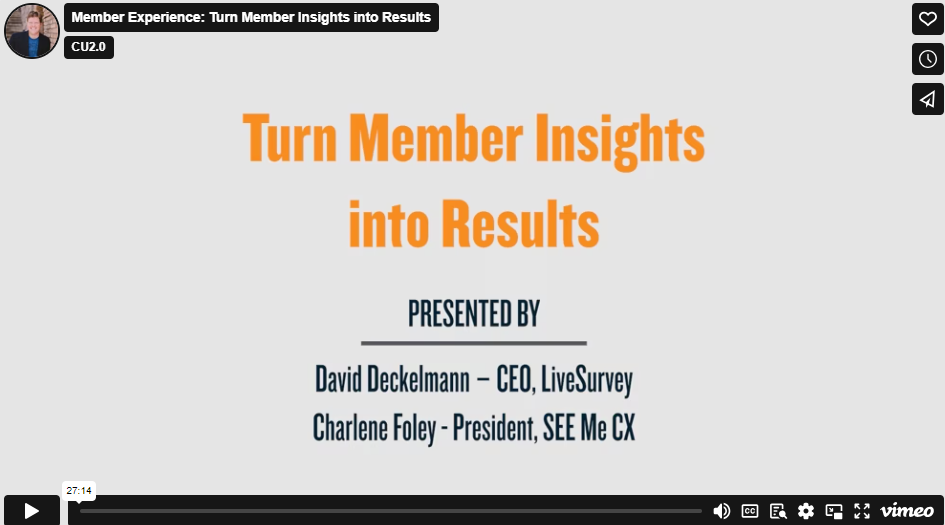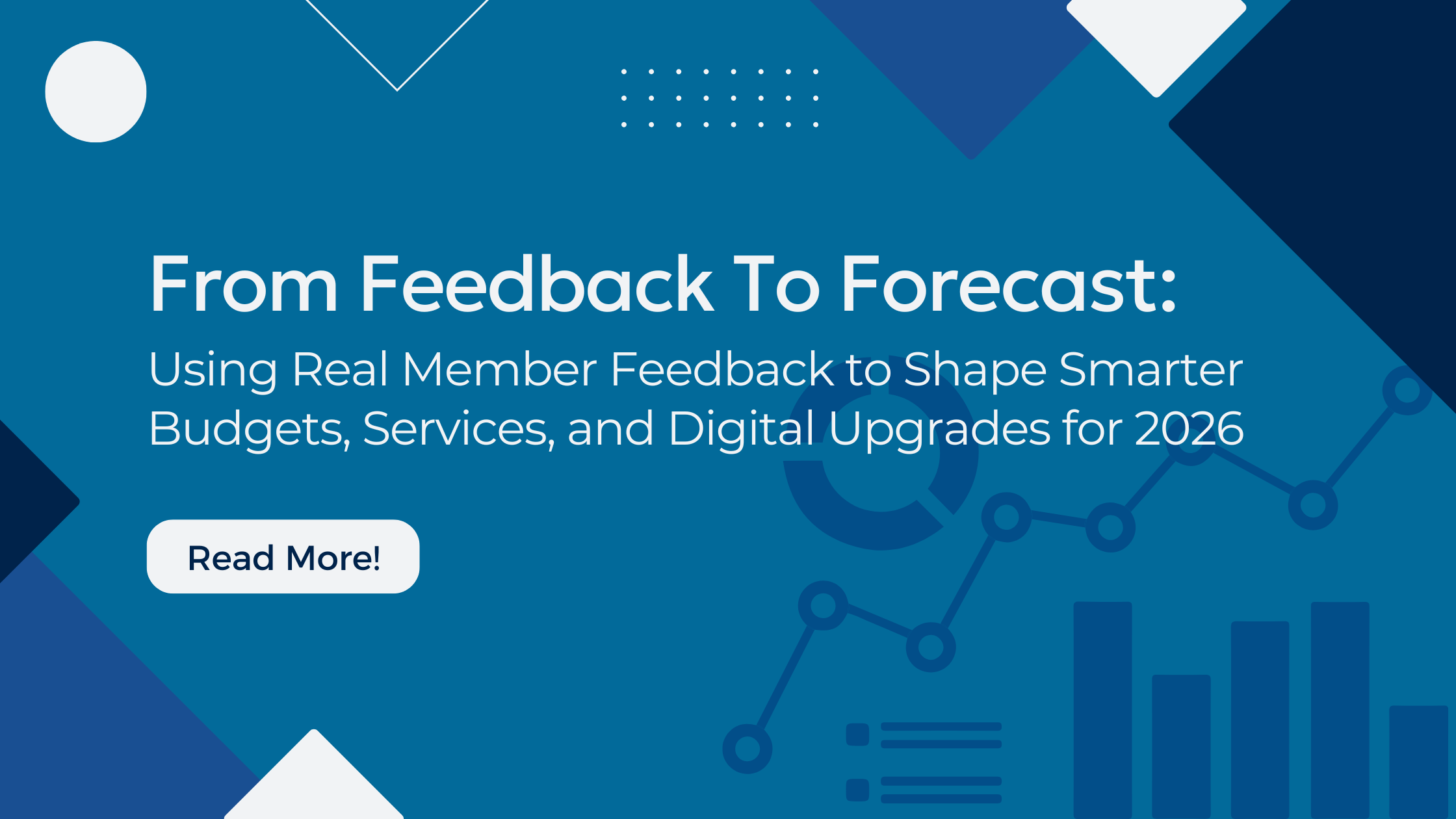Only Measuring NPS? That’s like peanut butter without the jelly.
We know that member loyalty depends on relationships. But what are relationships built on? Member relationships are shaped when a member interacts with:
- Your employees
- Your automated systems (ATM’s Online/mobile banking)
- Your credit/debit cards (when making purchases)
- Your CU brand within the community
- Even the furniture in your branches or the number of spaces in your parking lot.
In a word: Everything.
Every interaction has an impact on the relationship. But service transactions are more influential than branding or environmental touchpoints. And, as we’ve discussed before, service interactions are far more likely to drive disloyalty than loyalty.
So if you’re not running transaction-level surveys, there’s a hole in your bucket.
What’s so Great about Transaction-level Loyalty Metrics?
Transaction-level metrics, specifically Member Effort Score (MES), are designed to focus on service interactions. Measuring MES on a transaction-by-transaction basis gives you a clear understanding of how daily operations are impacting member loyalty.
There is no doubt that the NPS question is great for measuring relationship-level loyalty– the total of a member’s interactions with all touchpoints– but it can frequently miss out on detecting problems in service transactions since it is such a BIG question.
When NPS Misses the Point
Dennis is visiting your main branch on a Tuesday afternoon. The branch is understaffed (combination of vacations and sick days), and as a result, there are only two tellers available to help members. To make matters worse, they’re both relatively new. It’s a less than ideal situation to be sure– they are struggling just to keep the line from snaking out the door.
But Dennis has been a member for years, so while he’s annoyed by the wait, he sees the two less experienced tellers, and he understands. Yes, it’s painfully long wait today, but it doesn’t really change how he feels about your credit union. He’s a huge fan of the CU and the occasional long line won’t change that.
Ask him the NPS question, he’s still a “10”.
However, if you ask him the Member Effort question you’ll likely get better information.
If asked “how easy was it to complete your business today?”, Dennis might say “well, it wasn’t very easy *today* because the line was long and the tellers were a bit slower than usual.” Even though Dennis is a raving fan, he’s much more likely to share with you that today wasn’t the best experience, and that’s exactly what you need to know.
Add Member Effort Score to your NPS Program
It’s critical that CU’s know and constantly measure relationship loyalty to succeed. But the impact of daily service interactions on overall loyalty can be difficult to see without a more focused measurement like Member Effort Score.
Measuring MES: The Basics
1. Focus on high-touch areas like branches, loans, new accounts, call center, or mobile/online transactions.
2. Immediately following a transaction, send a short survey with the MES question and an open text comment box.
3. Add 1-2 additional touchpoint-specific questions if you want (greeting, staff knowledge, site layout, etc.) to gain focus and give depth to the idea of “effortlessness”.
4. Follow up with high-effort members when necessary (especially when you can’t tell what they found difficult)
5. Focus on areas where “quick wins” are possible to start building momentum.
Transaction Experience is the Path to Loyalty
The challenge for loyalty leaders relying on NPS or other relationship metrics is that they often don’t detect which specific service levers they can pull to create a better member experience. But, quite often, it’s improving the transaction-level member experience that will have the largest impact on overall relationship loyalty. That’s why measuring member effort is a critical component of an effective member experience program. It helps us understand the actual impact of the service experience (and only the service experience) on overall member loyalty.





